The Ultimate Mini PC Guide 2024
Why Choose a Mini PC?
Before diving into Mini PCs, let’s briefly compare them to laptops and tower PCs. Laptops prioritize portability, often sacrificing performance and visual experience in the process. Tower PCs, the descendants of ENIAC, have shrunk over the years, but their innovation has stagnated; yearly updates typically only involve new processors and graphics.
Versatile Applications of Mini PCs

IoT Integration
Mini PCs facilitate data collection and analysis, enhancing connectivity in IoT networks.
Home Entertainment
Use a Mini PC as a media center to stream movies, play games, or manage your music library. Many support 4K video output for a premium viewing experience.
Remote Work Efficiency
Their compact design makes Mini PCs excellent companions for remote work, providing the same capabilities as traditional desktops with added mobility.
Digital Signage Solutions
In business settings, Mini PCs power dynamic digital signage, captivating audiences with engaging content.
What to Consider When Choosing a Mini PC
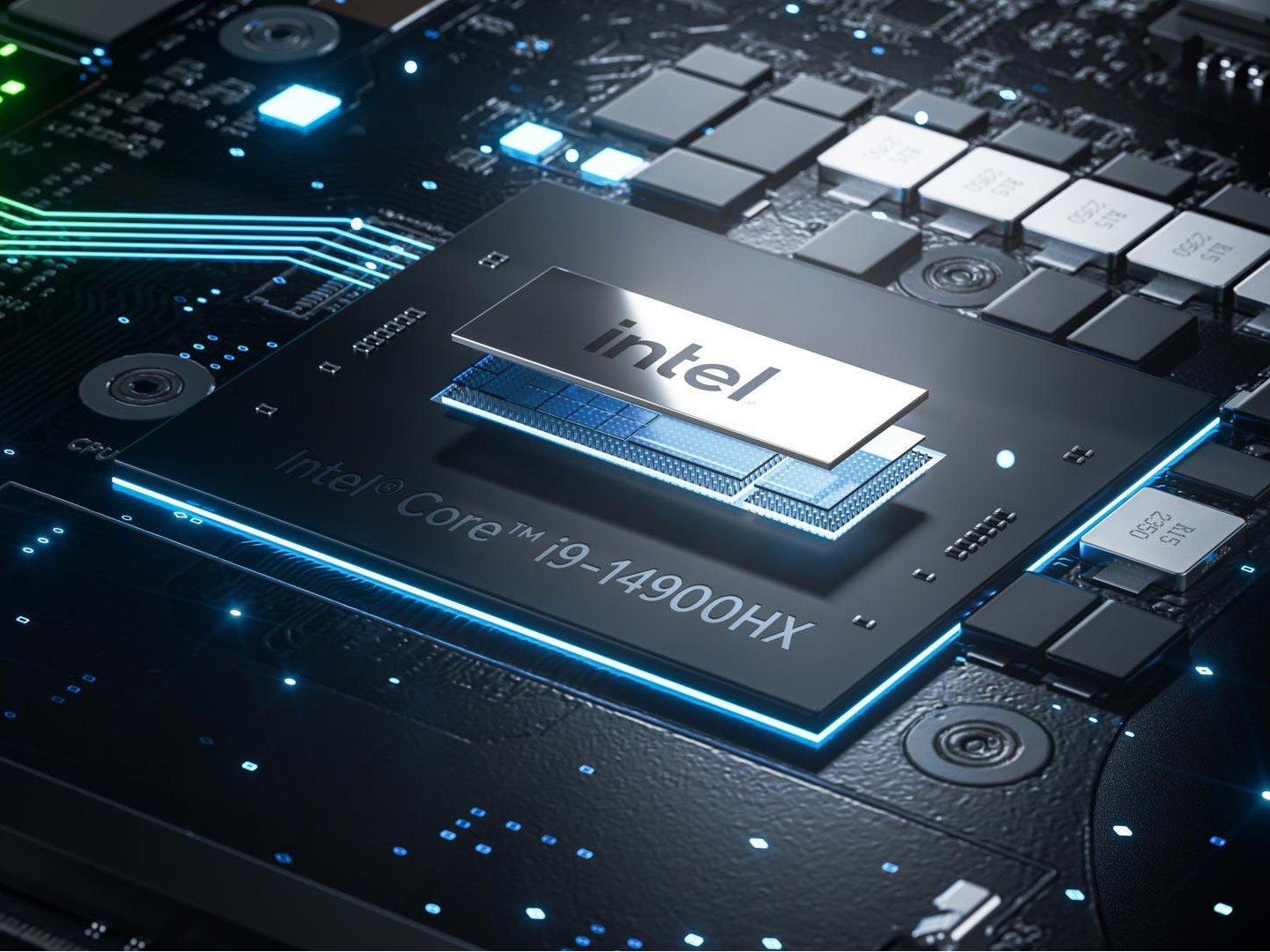
Processor
Mini PCs offer a range of processors. For everyday tasks, a dual-core or quad-core CPU (like Intel’s i3/i5 or AMD’s Ryzen 3/5) is often sufficient. For gaming or media creation, consider a higher-end quad-core CPU (Intel’s i7/i9 or AMD’s Ryzen 7/9).
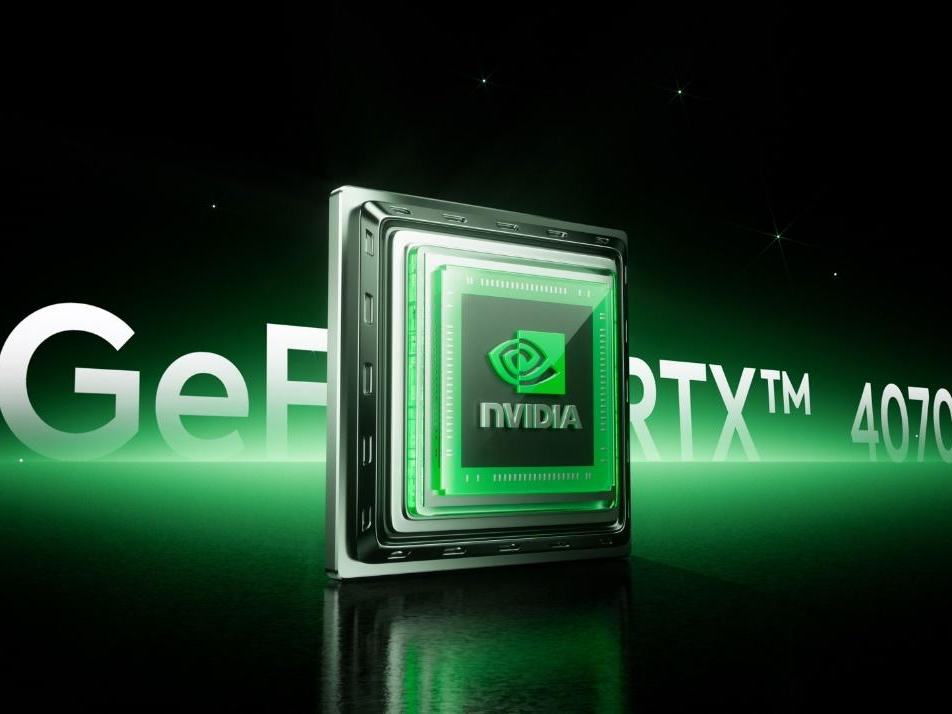
Graphics Card
Integrated: Suitable for casual tasks, integrated graphics (like Intel Iris Xe) are found in many Mini PCs.
Discrete: For gaming and intensive tasks, look for models with discrete GPUs (NVIDIA’s MX series or GTX/RTX).
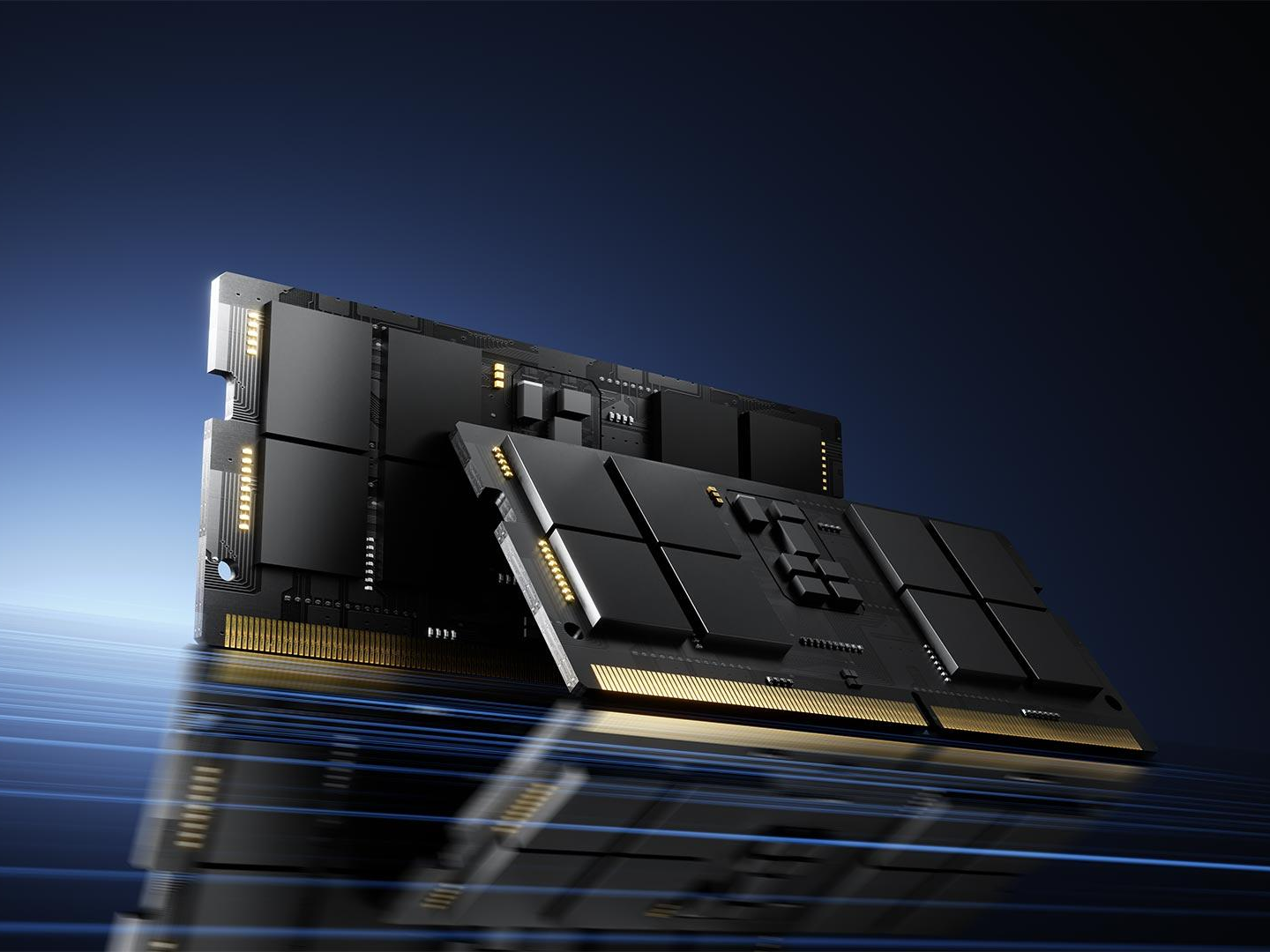
Memory
8GB of RAM is typically adequate for most users. For heavier applications like video editing or gaming, aim for 16GB or more.
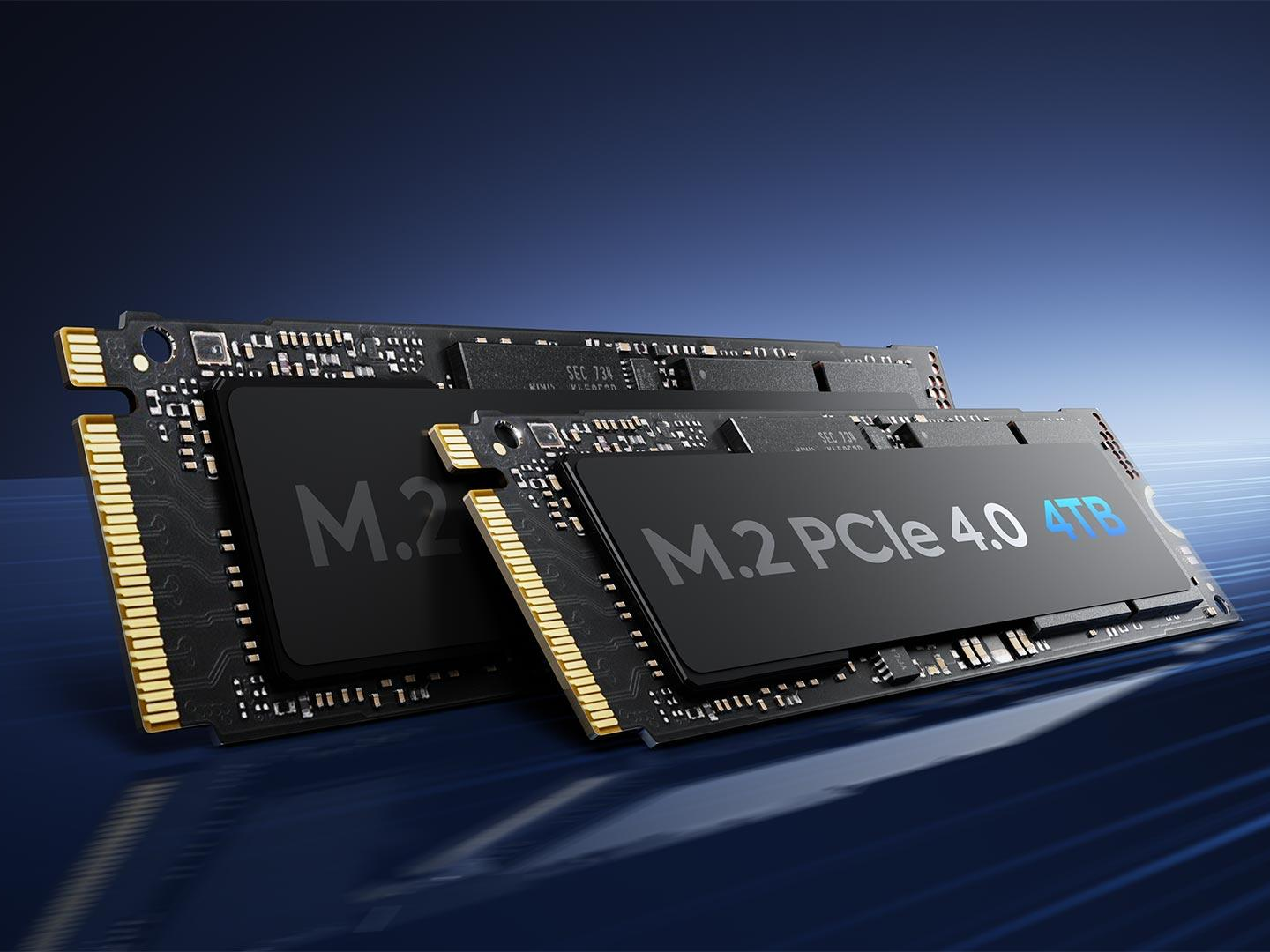
Storage
Solid-state drives (SSDs) offer speed and reliability. A 256GB SSD is often enough for basic use, but opt for 512GB or larger for more demanding applications. Brands like Foresee, Kingston, and Seagate are reliable options.
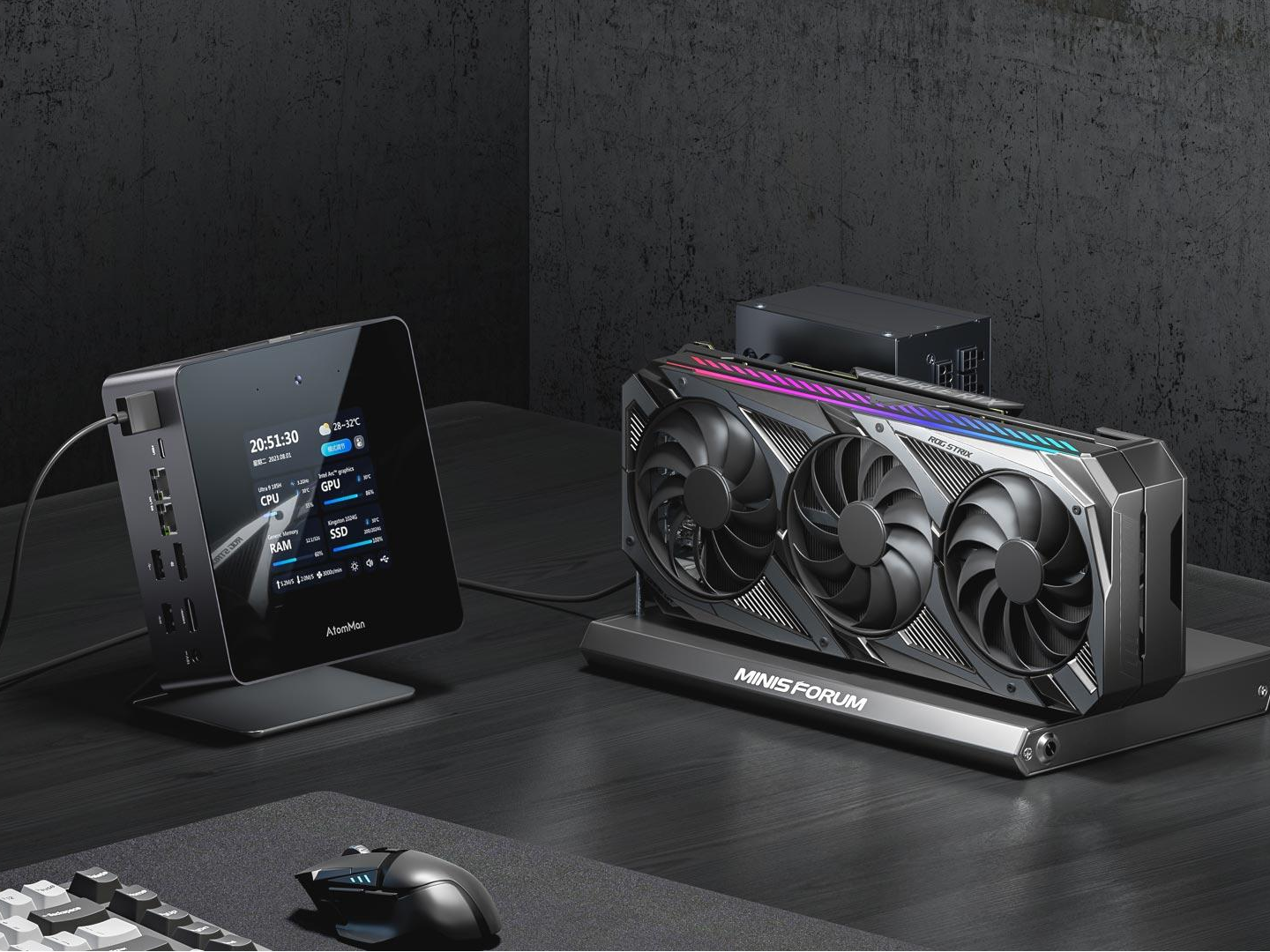
Connectivity
Ensure your Mini PC has ample ports (USB Type-A and Type-C, HDMI, DisplayPort, Ethernet) and wireless options (Wi-Fi and Bluetooth) for peripheral connectivity.
Processor
Mini PCs offer a range of processors. For everyday tasks, a dual-core or quad-core CPU (like Intel’s i3/i5 or AMD’s Ryzen 3/5) is often sufficient. For gaming or media creation, consider a higher-end quad-core CPU (Intel’s i7/i9 or AMD’s Ryzen 7/9).
Graphics Card
Integrated: Suitable for casual tasks, integrated graphics (like Intel Iris Xe) are found in many Mini PCs.
Discrete: For gaming and intensive tasks, look for models with discrete GPUs (NVIDIA’s MX series or GTX/RTX).
Memory
8GB of RAM is typically adequate for most users. For heavier applications like video editing or gaming, aim for 16GB or more.
Storage
Solid-state drives (SSDs) offer speed and reliability. A 256GB SSD is often enough for basic use, but opt for 512GB or larger for more demanding applications. Brands like Foresee, Kingston, and Seagate are reliable options.
Connectivity
Ensure your Mini PC has ample ports (USB Type-A and Type-C, HDMI, DisplayPort, Ethernet) and wireless options (Wi-Fi and Bluetooth) for peripheral connectivity.





Conclusion
Choosing the right Mini PC involves evaluating CPU performance, heat management, scalability, connectivity, and aesthetics. By asses sing your specific requirements alongside the recommendations in this guide, you can confidently select the ideal compact computing solution. Whether your priority is performance, portability, or style, there’s a Mini PC waiting for you.




